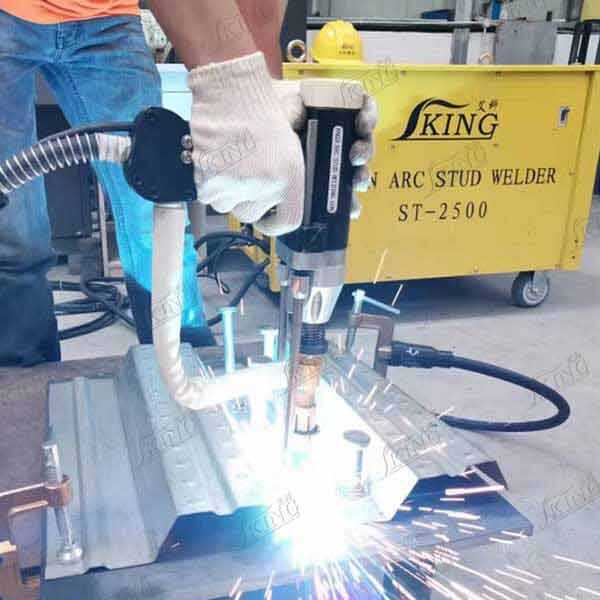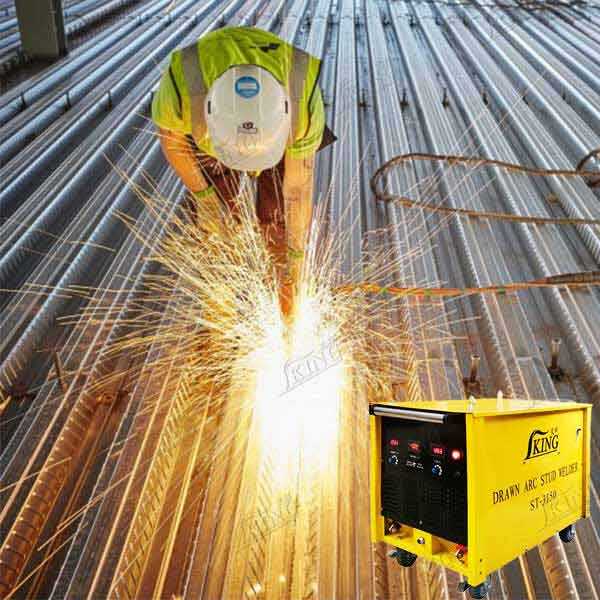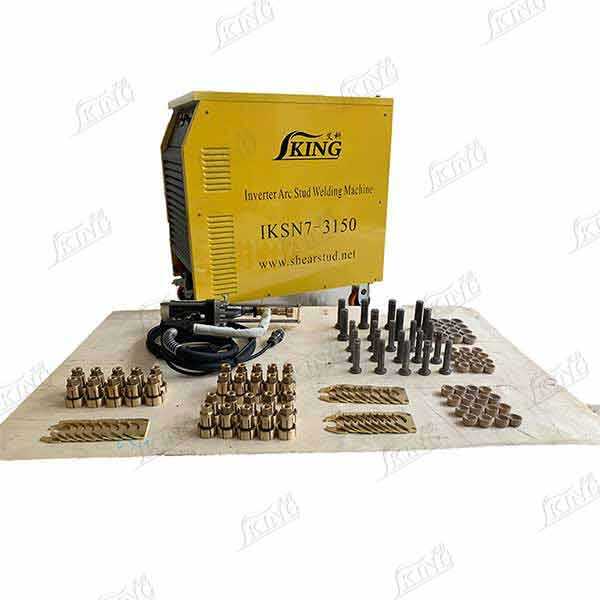capacitive discharge stud welder
A capacitive discharge stud welder represents a cutting-edge welding technology that utilizes stored electrical energy to create precise, high-strength welds in milliseconds. This sophisticated system operates by storing energy in capacitors and releasing it rapidly through a specially designed stud, creating a controlled arc that fuses the stud to the base material. The process begins when the operator positions the stud against the workpiece, triggering the discharge of stored energy, which creates a precise arc that melts both the tip of the stud and a small area of the base material. The molten metal quickly solidifies, forming a robust metallurgical bond. These welders are particularly valued in industries requiring fast, reliable fastening solutions, such as automotive manufacturing, construction, and electronics. The equipment's ability to deliver consistent results without penetrating the opposite side of thin materials makes it ideal for applications where appearance and structural integrity are equally important. Modern capacitive discharge stud welders incorporate advanced features like digital controls, automatic voltage compensation, and precise energy adjustment capabilities, ensuring optimal weld quality across various materials and stud sizes.


